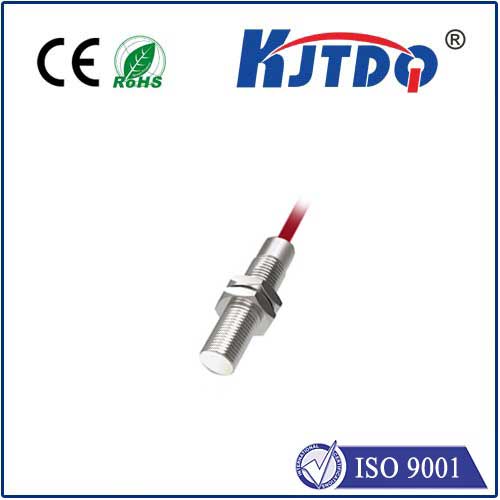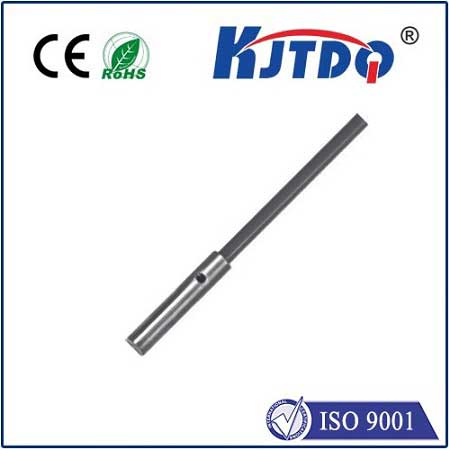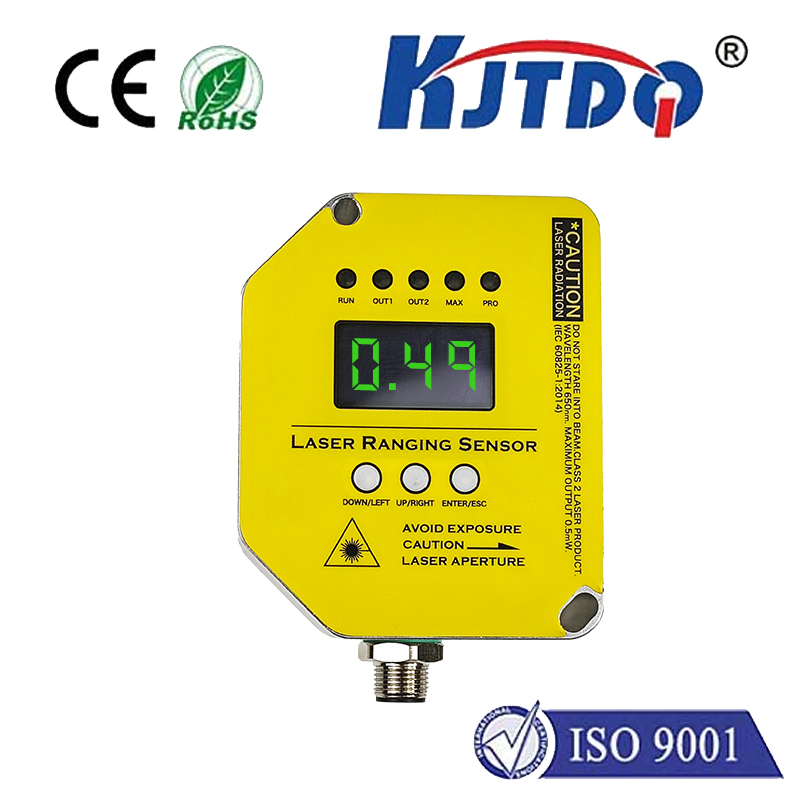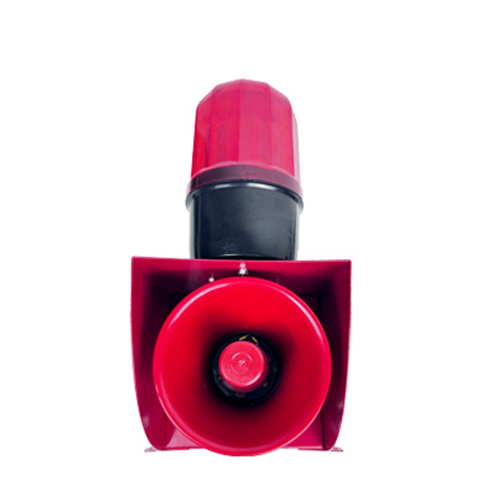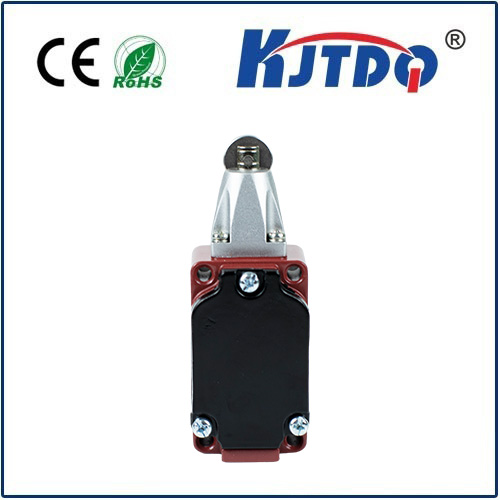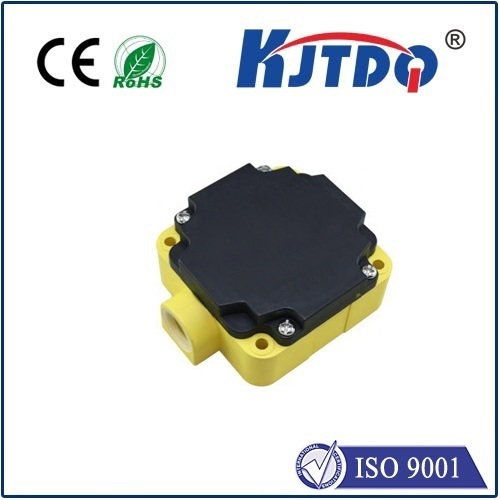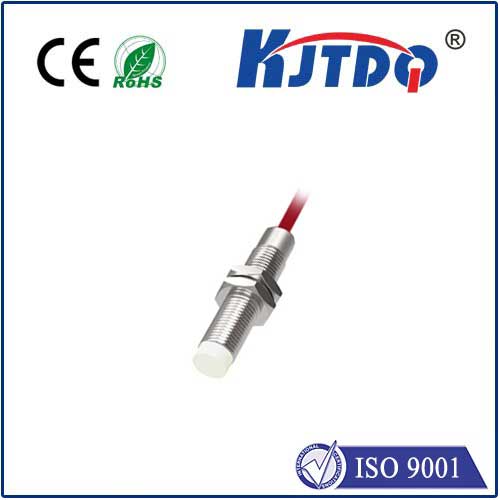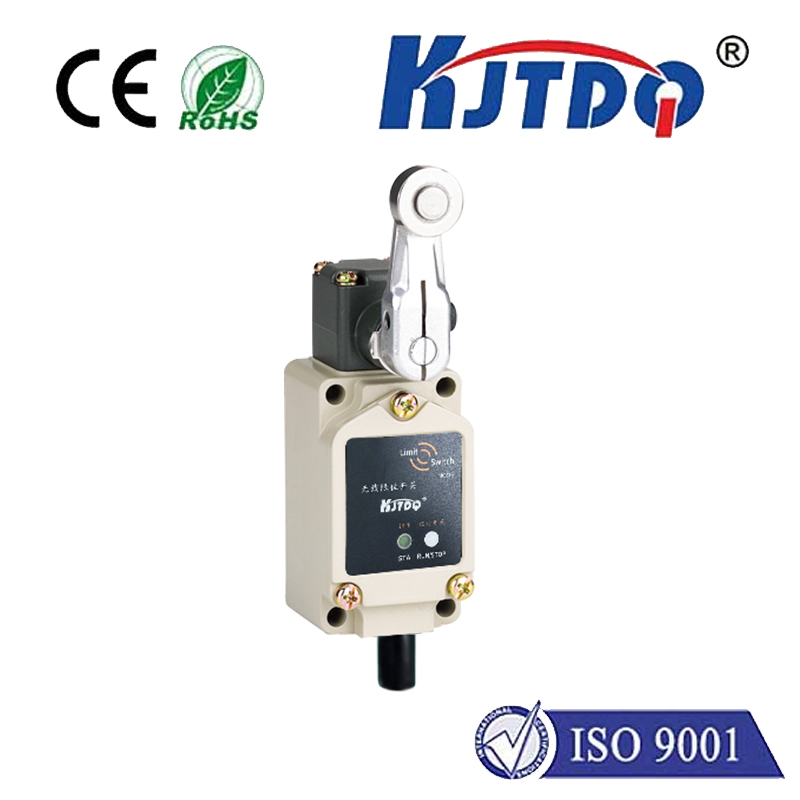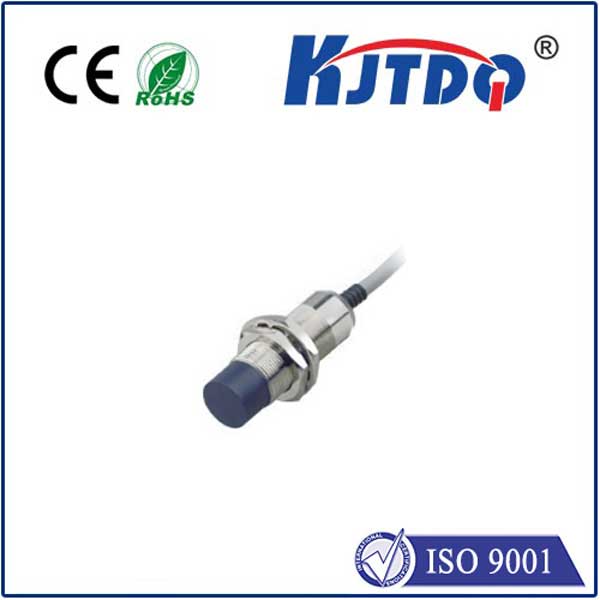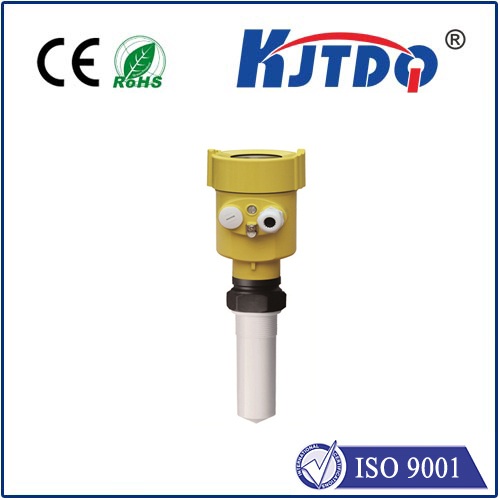

check

check

check

check
As the Internet of Things (IoT) continues to revolutionize industries and transform the way we live, work, and interact with technology, proximity sensors have become an essential component for many devices. These small, wireless sensors are capable of detecting and measuring physical distances between objects or people, providing valuable data to help optimize processes and improve overall efficiency. However, while the benefits of proximity sensors are undeniable, their cost can pose a significant barrier for organizations looking to implement this technology into their IoT solutions. In this article, we will explore the cost of proximity sensors in IoT devices and how understanding this economic impact can lead to more informed decision-making.
Section 1: Introduction to Proximity Sensors in IoT Devices
Proximity sensors are a type of sensor that uses radio waves to determine the distance between two objects or persons. They are commonly used in a variety of IoT applications, including manufacturing, transportation, healthcare, and retail. By monitoring the distance between objects or persons, proximity sensors can provide valuable insights into processes such as inventory management, machine maintenance, and employee safety. For example, in a manufacturing facility, proximity sensors can be used to monitor the location of tools and equipment, ensuring that they are always within easy reach of workers.
Section 2: Types of Proximity Sensors
There are several different types of proximity sensors available on the market today, each with its own unique features and capabilities. Some of the most common types include:
1. Ultrasonic sensors: These sensors use high-frequency sound waves to detect distance and can be used in both indoor and outdoor environments.
2. IR sensors: These sensors use infrared light to measure distance and can be used in a variety of applications, including security systems and remote controls.
3. Laser-based sensors: These sensors use beams of laser light to determine distance and can be highly accurate but also tend to be more expensive than other types of sensors.
4. Capacitive sensors: These sensors measure electrical resistance between two objects or surfaces to determine distance and are commonly used in industrial and automotive applications.
Section 3: Factors Affecting Proximity Sensor Costs
The cost of proximity sensors in IoT devices can vary depending on several factors, including the type of sensor being purchased, the quantity required, and the supplier offering the product. Some of the key factors that can affect costs include:
1. Type of sensor: As mentioned earlier, different types of proximity sensors have varying degrees of accuracy, reliability, and complexity, which can influence their overall cost.
2. Quantity required: The amount of proximity sensors needed for an IoT solution will generally increase the unit cost but may also result in longer-term savings through reduced waste and improved efficiency.
3. Supplier reputation: Choosing a reputable supplier with a strong reputation for quality control and customer service can help ensure that you receive high-quality products at a competitive price point.
4. Transportation costs: If proximity sensors need to be shipped from a distant location, transportation costs can add significantly to the overall cost of the product.
Section 4: Strategies for Minimizing Proximity Sensor Costs
While the cost of proximity sensors can be a concern for organizations looking to implement this technology into their IoT solutions, there are several strategies that can be used to minimize these costs and maximize value:
1. Research multiple suppliers: Compare prices and quality from multiple suppliers before making a final decision to ensure you are getting the best possible value for your money.
2. Consider alternative technologies: Depending on the specific requirements of your IoT solution
